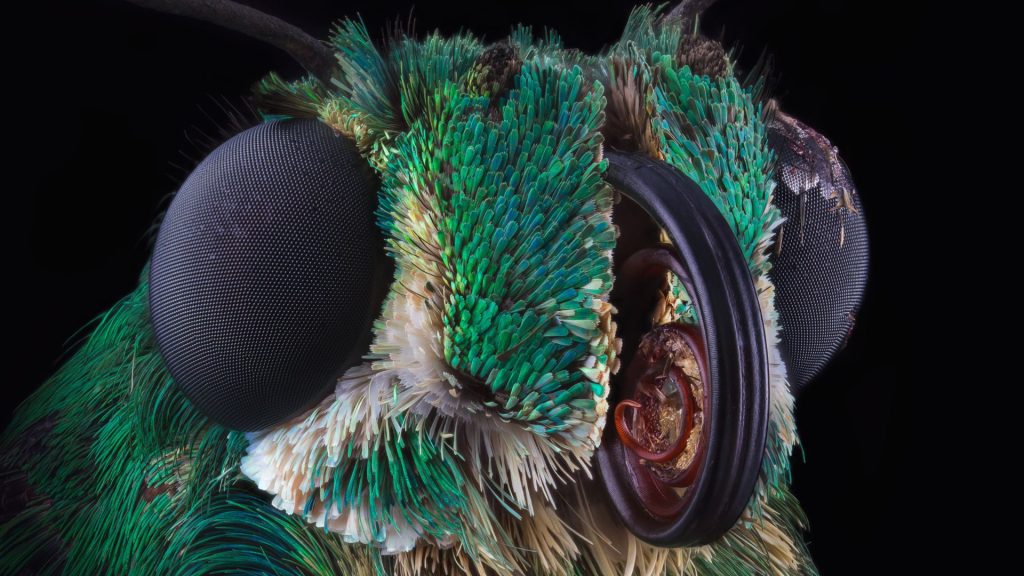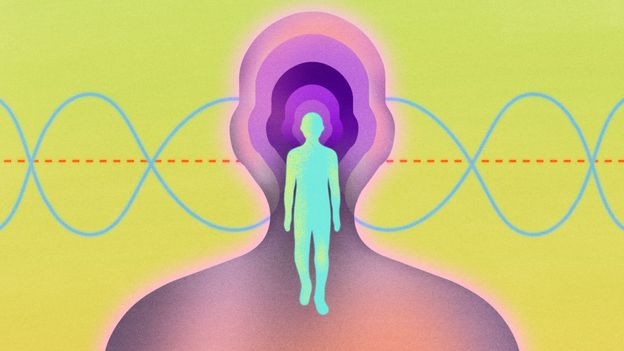Tiny camera shoots sharp 9,120 frames per second in ultra-low light – Interesting Engineering

The camera has an incredibly slim profile, measuring less than 1 millimeter thick.a day ago2 days ago2 days ago2 days ago2 days ago2 days ago2 days ago2 days ago2 days ago2 days ago27 minutes ago3 hours ago5 hours ago18 hours ago19 hours ago20 hours ago20 hours ago21 hours ago21 hours ago21 hours agoMrigakshi DixitRepresentational image: Portrait of green skipper butterfly from Dominicana.iStockInsects exhibit impressive agility and responsiveness even when faced with low-light conditions. The secret lies in their compound eyes, which are capable of detecting motion with incredible speed and sensitivity.Now, researchers at the Korea Advanced Institute of Science and Technology (KAIST) have developed a camera that mimics this feat to achieve ultra-high-speed imaging.Interestingly, this bio-inspired camera surpasses the limitations of traditional high-speed cameras. The camera has a slim profile, measuring less than 1 millimeter thick. This makes it easy to integrate into various systems.It has the potential to capture 9,120 frames per second, producing clear images even in low-light conditions, just like insects. This camera offers promising applications in diverse fields, such as portable camera systems, security surveillance, and medical imaging.“We have experimentally validated that the insect-eye-inspired camera delivers outstanding performance in high-speed and low-light imaging despite its small size,” said Hyun-Kyung Kim, a doctoral student in the Department of Bio and Brain Engineering at KAIST and the study’s first author. A research team led by Professors Ki-Hun Jeong and Min H. Kim was inspired by the way insect eyes process visual information.Insect eyes are composed of numerous tiny units called ommatidia, each functioning independently. This allows them to process information from different parts of their visual field simultaneously.This parallel processing enables them to quickly detect and track fast-moving objects, such as prey or predators. In low-light conditions, insect eyes enhance their sensitivity by integrating light signals over a longer period.This new camera overcomes the limitations of traditional high-speed cameras, which struggle to capture both fast motion and low-light details.High-speed cameras capture fast motion well, but their ability to “see” in dim light decreases as they capture more frames per second. This is because each frame has less time to collect light.This new camera overcomes the trade-off between speed and sensitivity.“The research team adopted an approach similar to insect vision, utilizing multiple optical channels and temporal summation,” the researchers noted in the press release. “Unlike traditional monocular camera systems, the bio-inspired camera employs a compound-eye-like structure that allows for the parallel acquisition of frames from different time intervals,” it added. This parallel acquisition helps the camera gather more light, improving its sensitivity even when capturing fast-moving objects.Instead of capturing each frame completely independently, the camera captures frames with slightly overlapping time periods. This accumulation of light increases the signal-to-noise ratio. A higher signal-to-noise ratio results in a clearer and more accurate image, especially in low-light conditions.The researchers proved that their camera could capture objects that were 40 times darker than what traditional high-speed cameras could detect.The “channel-splitting” technique significantly boosted the camera’s speed. This leads to “frame rates thousands of times faster than those supported by the image sensors used in packaging.”To ensure sharp images, the researchers used a “compressed image restoration” algorithm, which helps to remove blur. This innovative approach allows the camera to capture incredibly fast events with exceptional clarity, even in challenging lighting conditions.As per the press release, the research team plans to further develop this technology by creating advanced image processing algorithms. These algorithms will enable the camera to capture 3D images and achieve super-resolution imaging.The findings were published in the journal Science Advances.Stay up-to-date on engineering, tech, space, and science news with The Blueprint.By clicking sign up, you confirm that you accept this site’s Terms of Use and Privacy PolicyMrigakshi Dixit Mrigakshi is a science journalist who enjoys writing about space exploration, biology, and technological innovations. Her work has been featured in well-known publications including Nature India, Supercluster, The Weather Channel and Astronomy magazine. If you have pitches in mind, please do not hesitate to email her.2 days ago2 days ago2 days ago2 days agoPremiumIE PROFollow
Source: https://interestingengineering.com/innovation/insect-eye-inspired-camera-shoots-9120-fps






